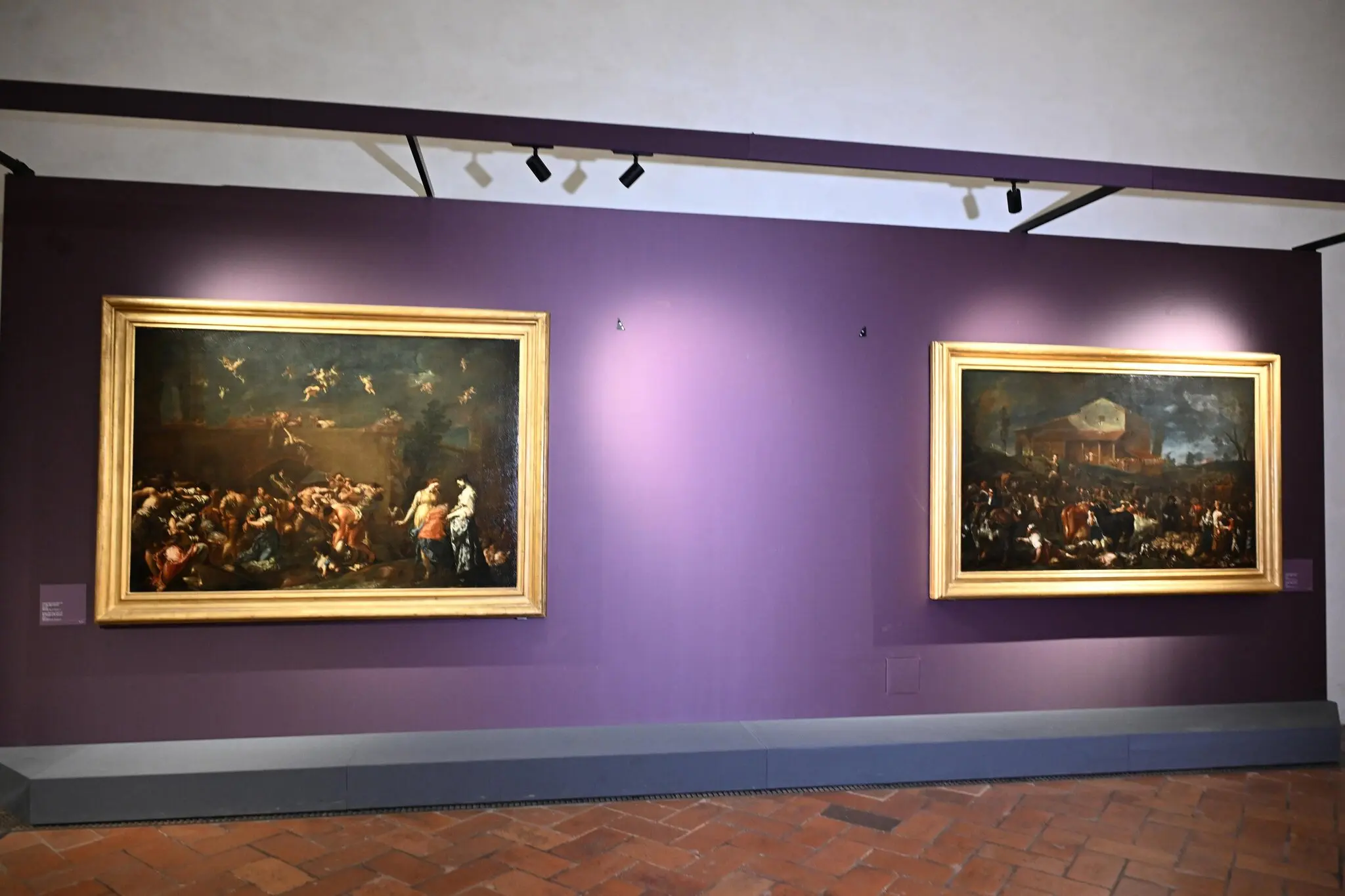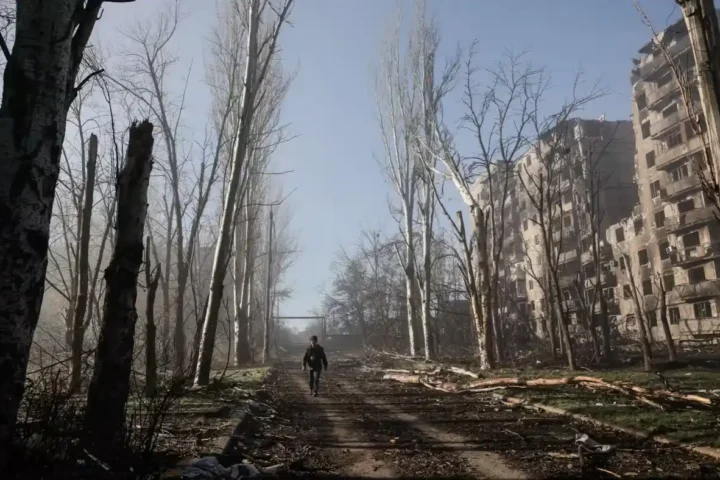The European tourist season has just begun, and controversies around tourists’ obsession with selfies are already in full swing. This time, the spotlight is on the Uffizi Gallery in Florence—one of Italy’s oldest and most famous museums. According to The New York Times, on Saturday, a visitor trying to imitate the pose of Ferdinando de’ Medici in a 17th-century portrait stepped backward—right into the painting. The result: a damaged artwork, frustrated museum staff, and a renewed public debate over tourists turning museums into stages for social media content.
As Simone Verde, the Uffizi’s director, put it bluntly:
“The problem of visitors who come to museums to make memes or take selfies for social media is rampant,” he said in an official statement.
And this wasn’t an isolated incident. Earlier this spring, at the Palazzo Maffei Museum in Verona, a tourist broke a Swarovski crystal-encrusted chair while trying to sit on it for a photo. In Paris, staff at the Louvre staged an unauthorized strike, in part to protest the chaos caused by swarming selfie-takers.
When Selfies Become a Threat to Cultural Heritage
Today, European museums are under pressure. They strive to make art accessible to the public—art that, for centuries, was hidden in the homes of aristocrats and elites. At the same time, they are responsible for protecting priceless artifacts for future generations. Increasingly, these goals are in conflict.
As Professor Marina Novelli, director of the Sustainable Travel and Tourism Advanced Research Center at Nottingham University, explained:
“In the past, people visited museums to see specific paintings. Now they come with a ‘selfie bucket list’—a checklist of places and artworks they want to be photographed with. It’s less about the experience itself and more about proving: ‘I was there.’”
Smartphones are now inseparable from the museum experience—and the source of many problems. Tourists climb over barriers, strike dangerous poses, and distract their children—who in turn may accidentally damage exhibits. Some museums have even become protest venues: climate activists have thrown soup, glue, and paint at artworks, then posted videos of their stunts on social media.
How Museums Are Responding to the New Reality
Caught between openness and security, museums are walking a tightrope. Professor Novelli suggests a multilayered approach to managing the problem:
“Subtle but effective barriers, designated selfie zones, warning alarms, and better signage can help,” she said.
In Verona, museum staff released security footage showing the moment the sparkling chair collapsed under a tourist’s weight. Their goal: to identify the culprit and raise awareness. They’ve also announced plans to install plexiglass to protect the piece in the future.
Back in Florence, Uffizi director Simone Verde has pledged to “set very precise limits” and work toward “preventing” such behavior. The gallery declined to give The New York Times footage of the incident or details on what new rules might be implemented, but the message is clear: the status quo is no longer sustainable.
Art Endures, But at a Cost
The mishap cast a shadow over what was supposed to be a celebratory month for the Uffizi—the museum had just removed a towering construction crane that had marred its view for nearly 20 years. Fortunately, the damage to the Medici portrait was described as “light,” and the painting will undergo restoration. According to museum officials, it will soon return to its place in the 18th-century exhibition, which has been temporarily closed since Sunday.
In the broader picture, Europe is grappling with a fundamental dilemma: how to preserve the accessibility of art in an age of mass tourism and digital exhibitionism. As The New York Times notes, the answer has yet to be found. But one thing is certain—the ancient walls, sculptures, and canvases can no longer withstand the pressure of millions of selfies.
This article was prepared based on materials published by The New York Times. The author does not claim authorship of the original text but presents their interpretation of the content for informational purposes.
The original article can be found at the following link: The New York Times.
All rights to the original text belong to The New York Times.


















